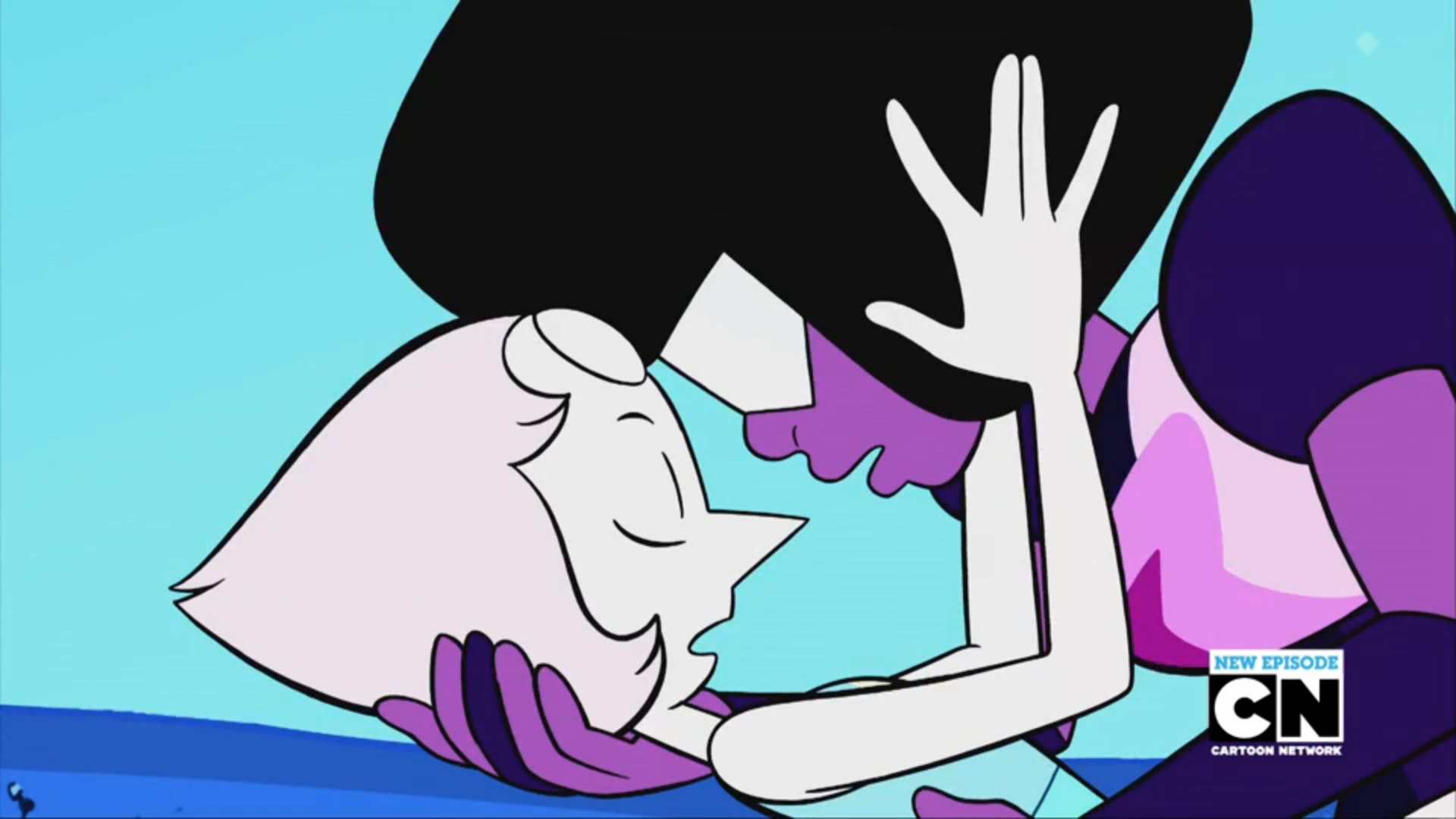
The creator and showrunner of this popular, groundbreaking, and beautiful show is an openly bisexual woman. That is historic and thrilling, and it means that could be me (alas, if only I could write something half as brilliant as ‘Steven Universe’!). … Yes, we need bisexual characters. But even more importantly, we need bisexual creators telling stories…
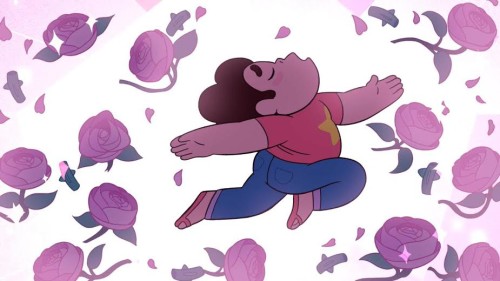
Steven, the title character, isn’t the troublemaking, reckless, pain-in-the-butt Boy-with-a-capital-B I feared I’d have to watch around to get to the powerful women and loving queer folk I really wanted to see. He’s unreserved, adventurous, and confident – all good traits that are fairly typical for boy leads in kids’ shows – but he is also affectionate, selfless, very prone to crying, and just plain effin’ adorable.
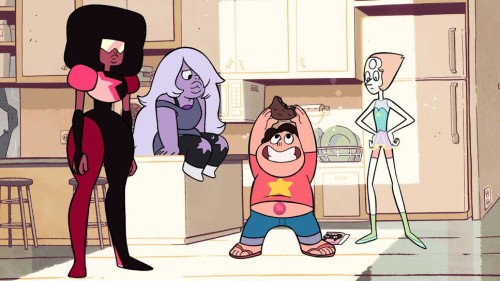
It does my heart a lot of good to watch this show and imagine a world where no one gives two craps about my weight. But I can only dream of how much this must mean to the little kids watching it. I mean, bear in mind, this is a children’s show. It is meant to be consumed by children. And those children will be watching the wacky adventures, thinking to themselves, “These heroes look like me. That means I could be a hero too!”
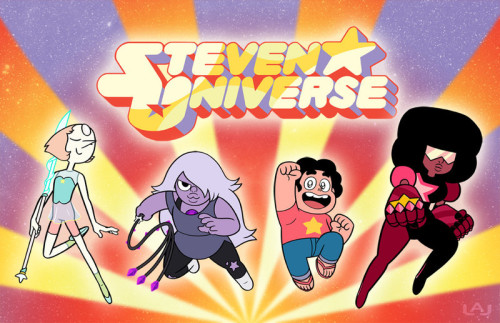
He is soft. He is round. He is squishy and loving and completely without pretense. There is no guarding wall around his heart, no desire to compete with other boys, no need to be seen as “cool” or “tough” or “edgy,” and no compulsion to become anything other than what he already is because he knows that “what he already is” has value.
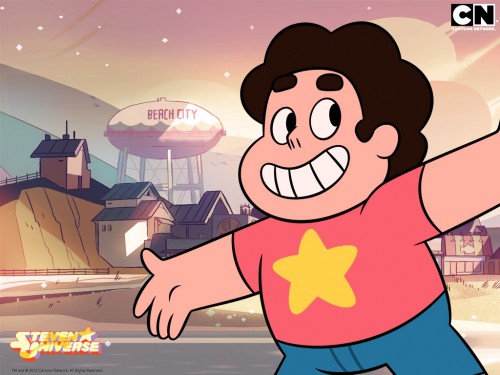
‘Steven Universe’ embraces non-traditional families. Steven is a perfectly happy kid, who is raised by three women who love him. The Gems are wonderful guardians for Steven, acting as mothers, sisters, and leaders to him. Even though the Gems and Steven don’t always see eye to eye, they always try to step beyond their comfort zones for one another. The Gems may not understand the concept of video games, but if Steven wants to go to an arcade, then they’ll go. If Steven wants to throw them several birthdays for the thousands of ones they haven’t celebrated, they’ll let him dress like a clown and play party games with them, because even though they don’t understand it, it clearly means a lot to Steven.
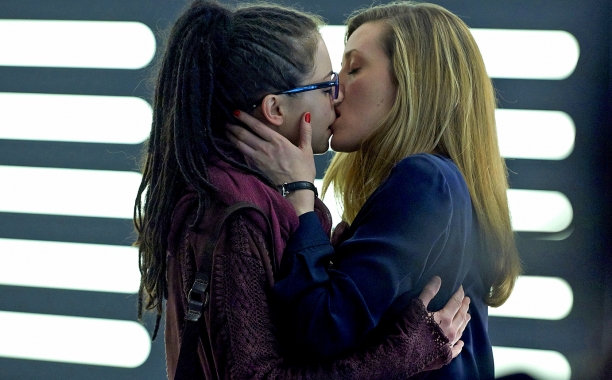
This scene, a scene in which an assumed-to-be heterosexual protagonist casually courts another woman, is significant because Sarah is one of three queer women – two of whom are bi – on a single television show, each of whom experiences their queerness differently. … Sarah, Cosima, and Delphine are three very different women with different narratives, inhabiting their queerness in three disparate ways.

Counting down from 10 to 1, here are the 10 most-read posts in 2015 that were written in 2015.
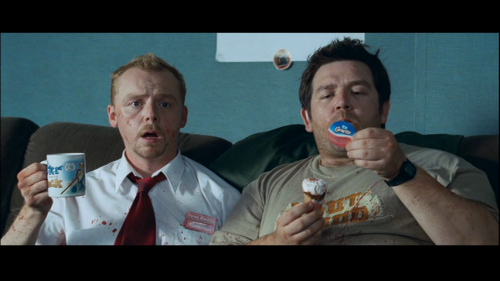
Check out all of the posts from our Masculinity Theme Week here.

Fat, Black, and Desirable: Fat Positivity and Black Women by Chantell Monique If these women aren’t seeing any positive images of themselves on screen, how are they able to construct an identity of truth? Even though they can rely on their community for positivity, if it’s not reinforced through media representation then it renders that … Continue reading “Fatphobia and Fat Positivity: The Roundup”
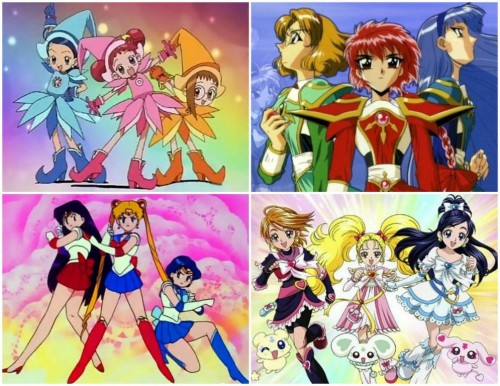
Check out all of the posts for our Children’s Television Theme Week here.
# The 100 3rd Rock from the Sun 30 Rock 2 Broke Girls A Ackee & Saltfish Adventure Time Agent Carter Agents of S.H.I.E.L.D. Alias All-American Girl Ally McBeal Alphas American Crime American Horror Story American Horror Story: Asylum American Horror Story: Coven American Ninja Warrior The Americans Angel Anne of Green Gables Archer The … Continue reading “TV Directory”
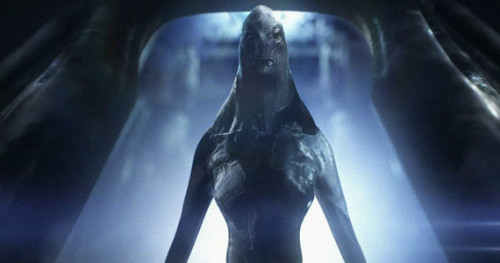
In rejecting Lexi, Anne perpetuates the false solidarity and universal acceptance Butler points out in the above passage. Anne sees Lexi as failing to perform the necessary gender of her body. Lexi is the very symbol of a failed body, the failed universal woman Anne has expected of her daughter.










